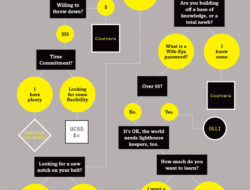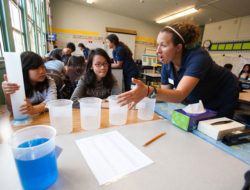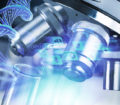“For me, STEM and STEAM are experiences as much as acronyms,” says Rodger Ashworth, a K-5 STEAM resource teacher who is just starting the school year at Bird Rock Elementary. “It gives students an opportunity to get engaged in their learning, to explore, communicate, and evaluate their world.”
The following are a few of Ashworth’s examples of STEAM in action:
- First grade paintbrush lesson: Students designed, engineered, and built a paintbrush after referencing various artists and paintings.
- Third grade bridge building: Students had to figure out how they were going to cross a river or cana. They used the classic Bridge Designer software program to build a bridge that could carry a certain amount of weight. While learning about different types of bridges, they also built a model using craft sticks and tested it.
- Fifth grade Caine’s Arcade project: Students worked in groups to sketch out a game they wanted to build, what materials they would use, and the game’s directions. They used an architecture tool kit, designed the game on Google SketchUp, and then built it with materials brought from home. Students played each game and voted on their four favorites. A carpenter then surprised the kids with professionally built versions of the winning games, which they showcased at the Festival of Science and Engineering.






























